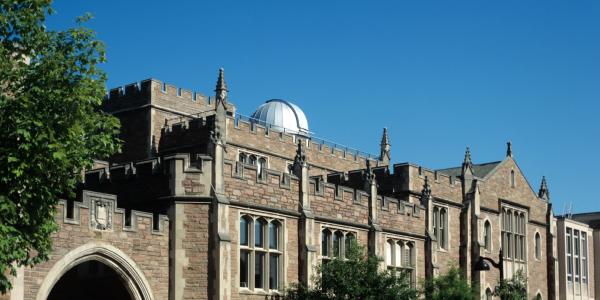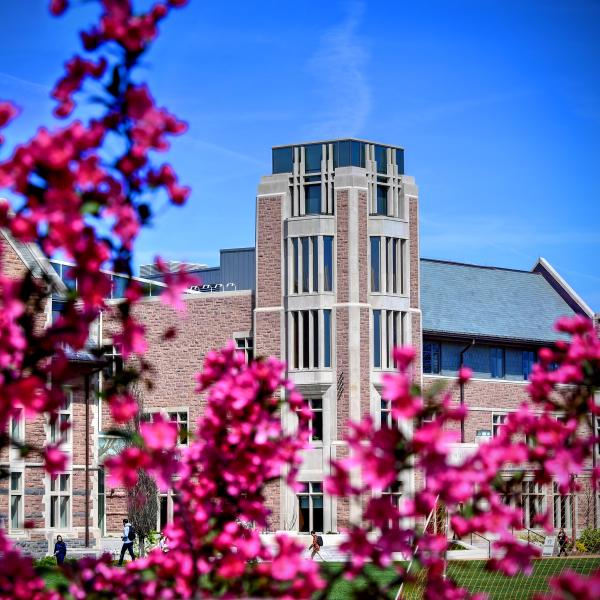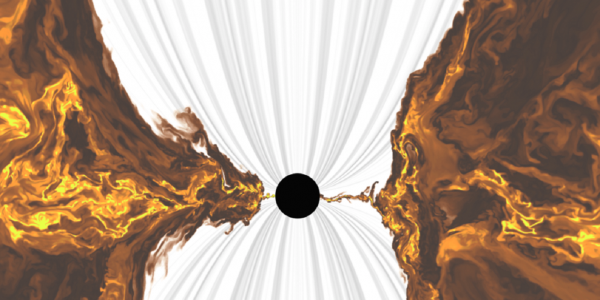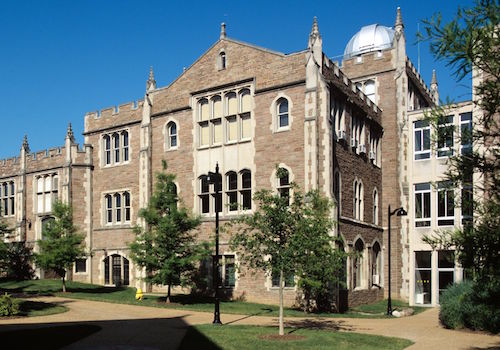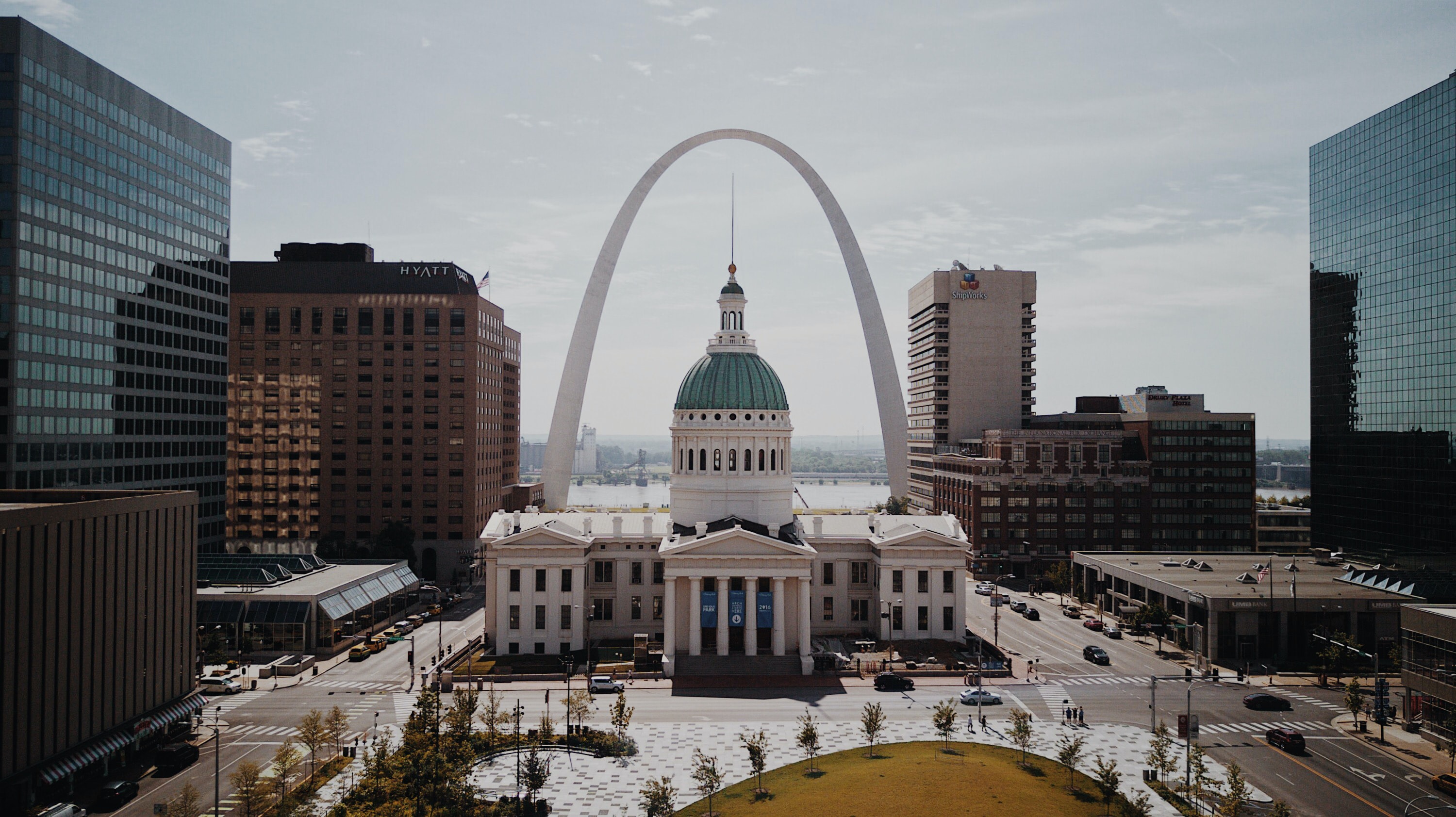Extreme Plasmas in the Universe
Simons Collaboration on Extreme Electrodynamics of Compact Sources (SCEECS) Summer School
June 3-14, 2024
Hosted by Washington University in St. Louis
Remarkable astrophysical discoveries and exciting experimental opportunities are opening up new frontiers in extreme electrodynamics of black holes (BHs) and neutron stars (NSs). On one hand, multimessenger astronomy has transformed our understanding of the most extreme phenomena in nature, from fast radio bursts, merging binary NSs and BHs, to ultra high energy cosmic rays. Progress in plasma theory and simulation has made it possible for us to probe the first-principles processes behind these intriguing phenomena. On the other hand, we see a lot of exciting discoveries from observations of solar wind and space plasmas, and significant progress in fusion experiments. Laboratory high intensity laser facilities are also pushing towards the extreme regime of QED plasmas. An era of great advances lies ahead in the field of extreme plasmas.
To provide beginning researchers with the necessary theoretical foundations and numerical tools to study astrophysical plasmas and related fields, the Simons Collaboration on Extreme Electrodynamics of Compact Sources (SCEECS) is organizing a summer school on “Extreme Plasmas in the Universe,” to be held June 3-14, 2024, at Washington University in St. Louis.
SCEECS is a Simons Collaboration in Mathematics and Physical Sciences involving researchers from 15 institutions. Our goals are to explore extreme electrodynamics through neutron stars and black holes using theory, simulation, and observation, to educate and foster a new and diverse generation of researchers with translatable skills and experience, to connect with scientists working in related fields, and to provide far-reaching public outreach.
The two-week long summer school includes lectures on a diverse set of subjects related to plasma physics (basic fluid theory and kinetic theory of plasmas, observations of BHs and NSs, particle acceleration, BH accretion and jets, NS magnetospheres, cosmic rays, space plasmas, fusion plasmas, laser-plasma interaction, and so on). The summer school also highlights two tutorial series on numerical MHD and particle-in-cell simulations, and a tutorial session on outreach. There will be panel discussions on career development and poster sessions where students are encouraged to present their research.
The summer school is supported by the Simons Foundation, the McDonnell Center for the Space Sciences, and the Princeton Plasma Physics Laboratory.

